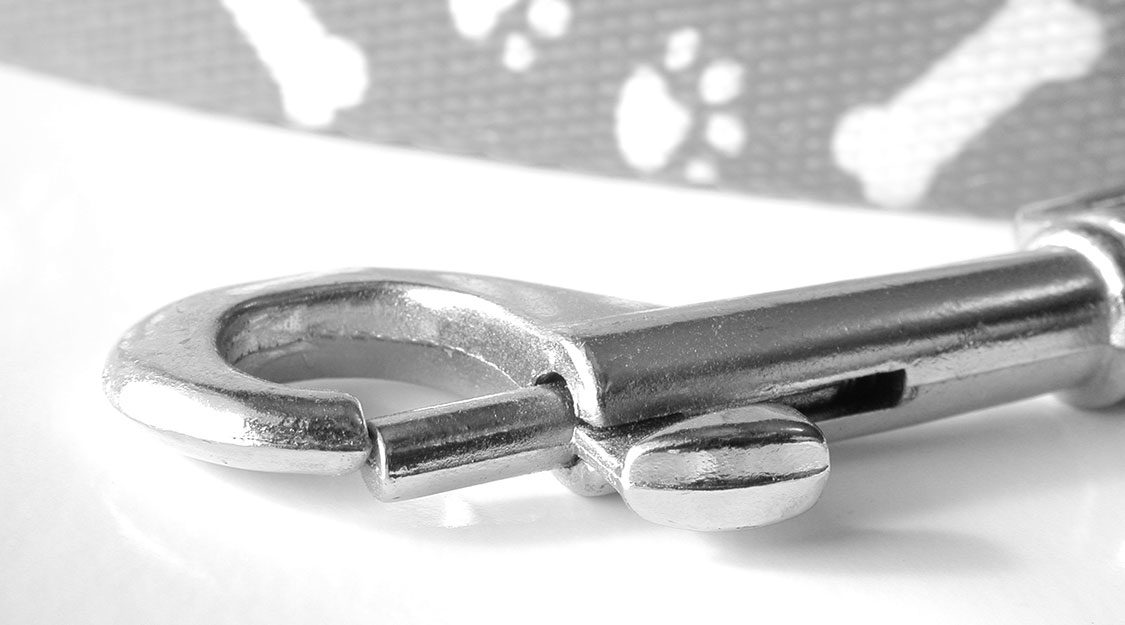Training your dog doesn’t require a lot of fancy training equipment, but one thing which does require careful attention is the choice of dog collar. Basic dog collar The simplest type of dog collar is the basic collar that buckles around the dog’s neck. This type is generally used to keep on your dog every... verder lezen
Leash training
It would be nice if we could just reach down, unsnap the leash, and know that your dog would instantly obey the commands “Come”, “Sit”, “Down”, “Stay”, and “Heel”. Regardless of how proficient a dog may be in basic obedience while attached to the leash, his efficiency diminishes about 80% once the leash is removed.... verder lezen
Making a correction while using the “A” line The only difference between the “A” line and the “B” line is the thickness and weight of each. Shifting the “B” line gave the dog a feeling of freedom as compared to the weight and thickness of the six-foot training leash. The “A” line will give your... verder lezen
The “Stay” command using the “B” line While executing the “Stay” command while the “B” line (five-foot long nylon line with the thickness similar to a kite string) is in use, you will have the advantage of stepping out more than just a leash length away. Because the “B” line is five feet long and... verder lezen
The “Stay” command using the “B” line While executing the “Stay” command while the “B” line (five-foot long nylon line with the thickness similar to a kite string) is in use, you will have the advantage of stepping out more than just a leash length away. Because the “B” line is five feet long and... verder lezen

What you’ll need To start off with leash training your dog, you will need two pieces of rope, five feet in length each. One of the pieces of rope should be strong and preferably made of nylon. The nylon line should be about the same thickness as a regular kite string. The second piece of... verder lezen
A final tip to help you with loose-leash training your dog is about helping your dog to walk in a specific spot. Dawn Jecs, dog trainer and owner of Choose To Heel in Puyallup, Washington, teaches dogs to walk in a certain spot in relation to the handler. When they’re in that spot, the leash... verder lezen
When on-leash, your dog needs to learn to walk with you, not against you. To keep the leash loose, the dog needs to stay tuned to your verbal and hand signals, and pace itself to your speed. Michelle Kirk, a local pet sitter in Pacific Beach of San Diego, California, uses a training clicker (a... verder lezen
Walking toward a goal On any walking route, certain places are especially attractive to dogs. When dogs near those places, their excitement increases and the urge to pull is strong. You can use those places both as walking goals and training rewards. Start toward the attractive goal, such as a bush or clump of grass... verder lezen
When you put a leash on your puppy, can you go for a pleasant walk around the block, or is it more of a drag? Walks do not have to turn into a tug-of-war with your puppy. Train your little friend loose-leash skills by using these expert techniques. Polite vs. free walk The reason loose-leash... verder lezen
